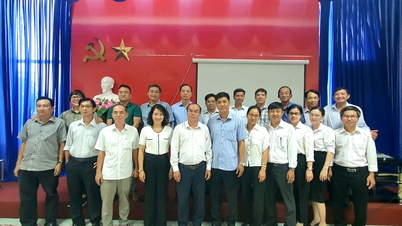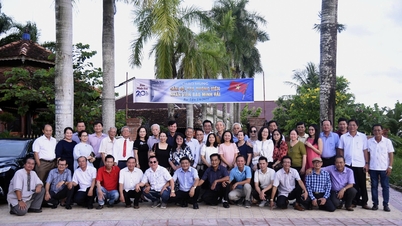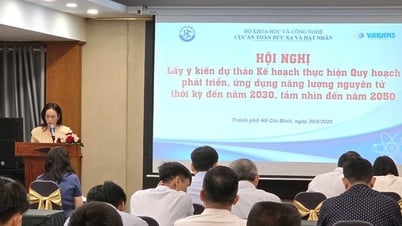The Ministry of Science and Technology has just issued Circular No. 02/2024/TT-BKHCN regulating the management of traceability of products and goods.

Mangoes with traceability labels ensure "green" and "clean" criteria and are environmentally friendly. Photo: Hong Dat/VNA
The Circular, effective from June 1, consists of 5 chapters and 14 articles; in which, it requires organizations and individuals in production, business and service to trace the origin of goods when building data to ensure at least 10 pieces of information: Name of product, goods; image of product, goods; name of production and business unit; address of production and business unit.
Along with that are the stages in production and business (including information: product traceability code, location traceability code and time of traceability events of each stage); production and business time (time when traceability events take place); product and goods traceability code; brand, trademark, symbol code, product serial number (if any); product and goods expiry date (if any); national standards, national technical regulations, international standards, regional standards, and basic standards applied.
This information is printed on the product packaging and connected to the National Product and Goods Traceability Portal. Consumers can look up the expiry date and origin of the product.
The subjects of application of the Circular include organizations and individuals engaged in production, business, and services that perform traceability of products and goods; organizations and individuals providing services and solutions related to traceability of products and goods; state management agencies and other organizations and individuals related to traceability of products and goods.
The portal is invested by the National Barcode Center and will be completed in 2022. According to Dr. Ha Minh Hiep, Acting Director General of the General Department of Standards, Metrology and Quality, the portal is expected to be officially put into operation in the second quarter of 2024.
Previously, the Portal had 10 months of trial operation. The system has connected with a number of localities and more than 4,000 participating enterprises. The Portal will connect domestic and international traceability systems; manage and update domestic and international product and goods databases; share traceability data between systems.
In addition to managing traceability, the Portal also receives and processes feedback and recommendations from individuals and organizations nationwide on the quality of products, goods and services. The Portal also relies on reporting data, statistics and technology to analyze and assist management agencies in making timely policies. Previously, traceability stamps applied to products were not standardized in content and form, and were not transparent about the quality of goods, causing difficulties for management.
According to VNA
Source

































































































Comment (0)